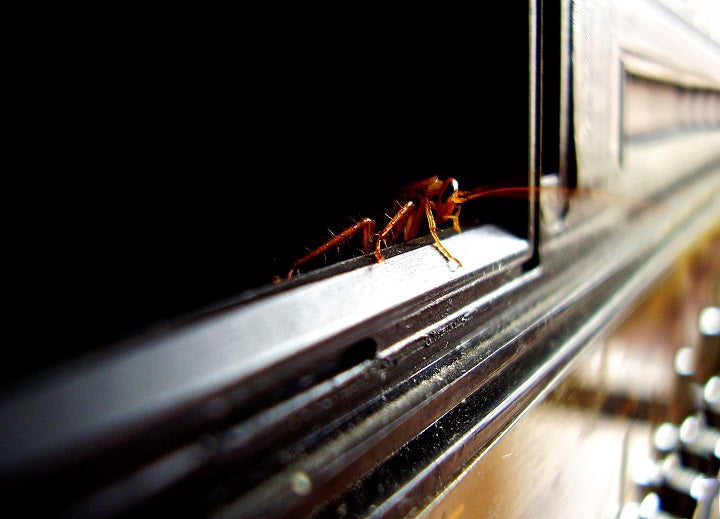Odds are likely that the weather where you live has become warm enough to warrant turning the AC on at least once this season. As you are aware, your family depends on your cooling system for comfort during the spring and summer heat each year. While you do what you can to be sure your air conditioner is maintained properly (e.g., changing your air filter on a monthly basis), there are some often overlooked tasks that you may be missing.
And, unfortunately, overlooking these tasks could lead to an unwanted bug infestation of your cooling system. When this happens, your air conditioner could face a myriad of problems, including premature wear and tear on the internal components which, in turn, could lead to an untimely breakdown this spring or summer. So, how can you prevent this problem? Read on to learn more.
First things first…
Schedule your annual tune-up appointment. While changing the filter each month is very important and easy to handle on your own, there are many additional aspects of your cooling system that only a trained professional would notice and know could indicate a problem.
The professional technician conducting the tune-up at your maintenance appointment will ensure that your unit is clean and free of unwanted critters such as mosquitoes, ticks, roaches, and spiders, as well as their eggs. If the technician notices any unwanted inhabitants inside your AC, he or she may recommend that you consult a pest control professional before the problem gets any worse.
Add a seal around your condenser
After you’ve had a maintenance appointment for your air conditioner and have been given the thumbs up that your unit is free of any bug infestations, it’s time to do what you can to prevent this from becoming an issue in the future.
One of the simplest things you can do is add extra sealant around the base of your condenser — the part of your air conditioning system that is located outside your home. Spring and summer temperatures can lead unwanted pests to seek shelter inside of your condenser unit — that is, unless it’s been properly sealed.
Your local hardware store will have caulking materials that can be used around your unit. While taking care of this sealing job, check the existing seals around your window and door frames, too. If you notice any areas that may benefit from more sealant, add it now before bugs are able to find a pathway into your home via these openings.
Trim back any growth
While sealing the base of your condenser, it’s a great time to check tree limbs and bushes around the unit. If anything is hanging over the unit, trim the growth back so that bugs can’t fall from the limbs or bushes and into your condenser.
In addition to preventing unwanted critters from getting into your condenser, trimming back tree and bush growth will help with your AC unit’s air flow and may also help to prevent damage from strong winds during severe weather this spring and summer. In severe weather, tree limbs can break off and damage the condenser. Trimming the limbs back now may help to prevent them from falling on your unit during a storm and causing damage.
Check for water leaks
If you notice any puddles around your condenser, contact a cooling professional immediately. This may indicate a problem with your AC that needs to be diagnosed and repaired by an expert. While this standing water could indicate an issue with your air conditioner, it can also be enticing to bugs like mosquitoes that could eventually make their way into your condenser. It’s important to keep the area around your cooling system as dry as possible.
Want extra help with maintaining your AC?
We can help! At Oncourse Home Solutions, we offer Cooling Maintenance and Cooling Repair protection plans to help you keep this vital home appliance running as efficiently as possible so it can keep your family cool and comfortable this spring and summer.


